Hands up if you’ve heard of Sinterklaas.
If you have, you most likely are from Western Europe – Netherlands, Belgium, northern France & Luxembourg – or U.S. locales with strong Dutch heritage and influence – New York, Holland, Michigan, and many small towns in the Midwest. That is because Sinterklaas, or Feast of St. Nicholas, is a winter festival celebrated in places with Dutch heritage, along with his companions whom you will read more on below.
I experience my first Sinterklaas in Rhinebeck, New York, and before that, the only detail I know about Sinterklaas is the controversy over Zwarte Piet (Black Peter). Since then, I learn more on origin and evolving tradition over the centuries, and it is interesting to see differences (or similarities) with “western Anglophone” Santa Claus.
Clue: Santa Claus is the copy.
#What is the Origin of Sinterklaas?
Article Contents
The festival bearing his name, Sinterklaas, celebrates the Feast of Saint Nicholas on December 6 and the legend begins with the good bishop being such a compassionate soul that he throws coins through the window of an impoverished man. This poor man has three daughters whose dowry he can’t pay and is about to sell them into prostitution when the bishop rescues him with money for dowry.
As legend goes, Sint Nicolaas lives in Spain and sails to the Netherlands every year, arriving in mid November and departing after the Feast of Saint Nicholas. He arrives by steamboat at different ports in The Netherlands – we’re in the 21st century timeline now, keep up – but in Belgium, he arrives in Antwerp. His Zwarte Pieten (Black Peter assistants) throw sweets to children in the crowd – mimicking the legend of the bishop throwing coins through the poor father’s window – and the bishop climbs onto a white horse, thus marking the start of festivities.
Sint Nicolaas is traditionally dressed like the bishop he is in the following:
- Red Chasuble. Outermost cape worn by Christian clergy
- White bishop’s alb
- Red stole – long silk cloth draped on neck
- Tabard (sometimes) – sleeveless garment
- Red Mitre – bishop’s hat
- Gold crosier – staff symbolizing a bishop’s office
- A ruby ring
- A large book where the names of good children are written
All this in addition to his thick white hair and long, curly, white beard. Phew! I’m already hot thinking of the weight of these vestments. Also, I strongly believe the hair and beard are wigs, so throw in more heat. He doesn’t need North Face gear in winter, that’s for sure!
Amsterdam hosts the largest Sinterklaas parade in the world with 600 Zwarte Pieten and hundreds and thousands of spectators lining the streets.
Other Dutch names for Sint Nicolaas the bishop are De Sint (“The Saint”), De Goede Sint (“The Good Saint”) and De Goedheiligman (“The Good Holy Man”).
#Who Are Sint Nicolaas’ Companions?
Sint Nicolaas doesn’t sail alone; he has a whole crew of companions that make the journey with him and they have different roles to play.
- Amerigo. His legendary white horse he rides upon in The Netherlands.
- Zwarte Piet. Also known as Black Peter, he is known as the bishop’s assistant and is said to be a Spanish Moor or an Ethiopian slave in legend, hence the controversy over blackface when Dutch go full blackface as the character.
- Krampus. A large, horned, cloven-hoof figure with lolling tongue, fangs, and the face of a billy goat, carrying a birch rod and/or a sack to kidnap naughty children. It is pagan and part of Alpine folklore traditions which entered Christianity (like most folklores did) as the Devil. In some parts, young men dress in animal masks and act out to scare people.
- Pere Fouettard. Probably the most sinister character of the lot! Aka “Father Whipper”, he dispenses coal and whippings for badly behaved children (obvs not real beatings today, calm down) and is popular in eastern France and southern Belgium but not so much The Netherlands. His lore begins as a cannibal butcher who murders three children, chops, and pickles them in a barrel for sale. When St. Nicholas discovers this crime, he resurrects the children and makes Pere his assistant as penance.
Why do European tales and lores for children have such dark and sinister back stories and depictions that would definitely be rated R and 18+ today??
Now to another lesser known controversy regarding Pere Fouettard: He is traditionally depicted in drawings as an old white man with unkempt hair, dark robe, a long red or black beard, and whips for naughty children. In past years, these depictions have changed to a dark-skinned man, which brings up the same Zwarte Piet controversy of The Netherlands. In few instances, some men don blackface and call it dirt, to represent scraggly Pere Fouettard, thus there have been calls to discard the character.
#What Treats Are Eaten During Sinterklaas?
De Goedheiligman has to bring presents for well behaved children, doesn’t he?
Before bedtime, children place their shoes by the fireplace – since Zwarte Piet will shimmy down to deliver presents – and in the morning, they awake to presents in their shoes.
- Marzipan treats
- Banketletter or Dutch letter – Almond paste-filled pastries baked in the shape of letter
- Chocolate letters
- Speculaas
- Chocolate coins
- Suikerbeest – Animal-shaped figures made from sugar
- Mandarin oranges – comes from Sint Nicolaas association with Spain, where these oranges are from
- Pepernoten (spice biscuits, are common presents that Sint Nicolaas drops off in a sack at the doorstep of every good child before the sails back to Spain on the Feast of St. Nicholas, which is on December 6.
The naughty kids get whippings from Pere Fouettard and the threat of a Krampus kidnapping…lol
(AGAIN, obviously folklore and no kids are harmed in the process, but I’m still amazed by how grim & terrifying children’s stories and characters were in earlier times)
#What is Pakjesavond?
You know how excited kids (read: you) get on Christmas Eve staying up late and opening presents?
Sinterklaas has its version (obviously original) that happens on the evening of December 5, known as Pakjesavond (presents evening). Another name for it is Sinterklaasavond (Sinterklaas evening). Click To TweetPakjesavond is a present-giving occasion on December 5 in the Netherlands and Belgium where Sint Nicolaas drops off a sack of gifts on doorsteps before sailing back to Spain the next day.
#What is the Controversy over Zwarte Piet?
Traditionally, Zwarte Piet (Black Peter) is depicted as a ruffle collar and feather-cap wearing servant of Sint Nicolaas, in striped 16th century suit, throwing candy through the windows of well behaved children (this act stems from the lore of St. Nicolaas throwing coins through the window of a poor father for his daughters’ dowries). In other stories, he shimmies down chimneys to deliver sweets, hence his soot-covered face.
Zwarte Piet is said to be either an Ethiopian* slave or a Spanish Moor and most Dutch characterize him with a curly black wig, striped clothing, ruffled collar, red lips, hoop earrings, and…you guessed it…blackface. Afro Dutch have long campaigned against blackface in Amsterdam’s Sinterklaas parade and in 2018, the parade changed the blackface makeup to sooty faces or Schoorsteenpieten (Chimney Peters). Characters now use a smudge of soot on their faces.
A 2013 survey of Dutch citizens shows 92% of them not seeing Zwarte Piet as racist; in 2018, 54% of citizens preferred the modern Chimney Peter character.
*Circa the 16th century and up till the 18th century even, “Ethiopia” and “Guinea” referred to the continent of Africa. There were no African countries then as we know them now.
#Did Sint Nicolaas Really Exist?
All this talk of Sint Nicolaas or St. Nicholas and I wonder…was he even real??
Yes, he was.
Nicholas of Bari was a Greek Christian born in the Mediterranean seaport town of Lycia during turbulent times of the Roman Empire. Not many records of him survived the centuries because papyrus and ink degrade fast, and the sheer time it took to hand copy records from parchment to parchment were made for very important events.
He becomes Bishop of Myra – now Demre in Turkey – and many intercessions are attributed to him such as, rescuing three young women from prostitution by their father because he couldn’t afford their dowry, resurrecting three children kidnapped and chopped to pieces by a cannibal butcher (read above for the origin story of Pere Fouettard), saving condemned men from execution, and many more stories.
Saint Nicholas is the patron saint of children, the poor, unmarried people, sailors, repentant thieves, students, and Amsterdam Click To TweetHe died on December 6 AD 343 and was buried in Myra. The St. Nicholas Church in Myra was erected over the site he served as a bishop and he was lain in a sarcophagus of the church. During this time, there were Muslim invasions and skirmishes in Greece, plus a schism within the Catholic Church, thus it was decided by the Church that St. Nicholas’ relics be transported to Bari, Italy, where they now lie in the Basilica di San Nicola.
It is believed that Myrrh exudes from the relics of St. Nicholas in Bari. Every Dec 6, a container is lowered to collect some Myrrh for anointing and sent to believers worldwide. Click To TweetOrthodox Churches that follow the Gregorian Calendar celebrate St. Nicholas Day on December 19, in contrast to December 6 on the Julian Calendar.
What truly fascinating history!
#Similar Christmas Figures Around the World
Say Sinterklaas slowly and you will hear the similarity to Santa Claus, another elderly, affable, and bearded Caucasian male in red robes, that is the hallmark of Anglophone Christmas. The etymology of the term “Santa Claus” is fascinating as it is the anglicized version of the Dutch word, Sinterklaas, that slipped into English lexicon centuries ago.
How did this word transition happen?
After Dutch colonizers of New Netherland (present day New York, New Jersey, Connecticut, and parts of Delaware) ceded control of the area to the British in 1664 and a name change to New York, many Dutch words, places, foods, names were anglicized. For the ones that were not, subsequent English accent pronounciation altered Dutch words and spellings to the English we know them as today.
For example, koekje, Dutch for “little cake”, is what Americans call cookie today.
Other similar Christmas figures are:
Santa Claus was one such term anglicized in the 1809 novel, ‘History of New York”, by Washington Irving of Sleepy Hollow fame, and he was drawn as a round-bellied, pipe-smoking, Dutch sailor in a green winter coat. Over the decades, the Santa Claus lore has been added onto with reindeers, a sleigh, and solid red suit separates.
In the UK, he is called Father Christmas (I grew up calling him that in Nigeria, a former British colonized entity) dating to the reign of Henry VIII in the 16th century. King Henry moved the Feast of St. Nicholas from the 6th to the 25th of December to signify Father Christmas bringing glad tidings and what not. He was depicted in green and red robes and slid into mainstream with Charles Dickens’ “A Christmas Carol”.
In Finland, there is Joulupukki, or Christmas goat, merged with St. Nicholas for a Finnish Santa Claus. Joulupukki is a pagan tradition – the goat association – and an older man – a nuuttipukki – dresses in red robes, fur, walking stick, and reindeer-pulled sleigh. Apparently, Joulupukki receives over 500,000 letters from over 200 countries every year from mostly China, Poland and Italy. This reminds me of the U.S. tradition of children writing to Santa in the North Pole.
Browse the interwebs and fall down a fascinating rabbit hole of sinister characters associated with Christmas and winter around the world.
#Where is Sinterklaas Celebrated in the United States?
The Hudson Valley region of the State of New York celebrates Sinterklaas – minus any blackface characters – in Rhinebeck and Kingston, both villages with strong Dutch heritage. If this is news to you, New York was under Dutch colonization and known as New Netherland (includes modern-day states from Connecticut to Delaware) before ceding control to the British in 1664.
>>>Click for St. Nicholas & Parade at Rhinebeck Sinterklass Festival<<<
Sinterklaas is celebrated early December in Rhinebeck with an all-day inclusive festival featuring children’s programs, Snow King and Queen, puppets, marionette show, film showings, stilt walkers, brightly costumed parade goers, street fairs, Afro drummers, trumpeteers, pastries, a Menorah lighting ceremony, and so much more. In 1985, Rhinebeck festival organizers voted to transform Zwarte Piet from its historical blackface to the present-giving assistant of St. Nicholas — no blackface or Chimney Peter in sight.
>>>Click for Sights & Sounds of Rhinebeck Sinterklass Festival<<<
I attended Rhinebeck Sinterklaas on December 5, 2021 (click link above) and experienced fun, inclusive events, such as harp playing, Afro drummers, and a marionette show. My inner child came out bigly.
Sinterklaas festivals in other U.S. towns with strong Dutch heritage are in the Midwest, such as Holland, Michigan, and Pella, Iowa.
…………………………………………………………………………………………………………
Hope you’ve enjoyed this deep dive into the Sinterklaas origin story.
Share post and thoughts in comments, and if you’re Dutch or from a former Dutch colony, I’d love to read your Sinterklaas experiences.
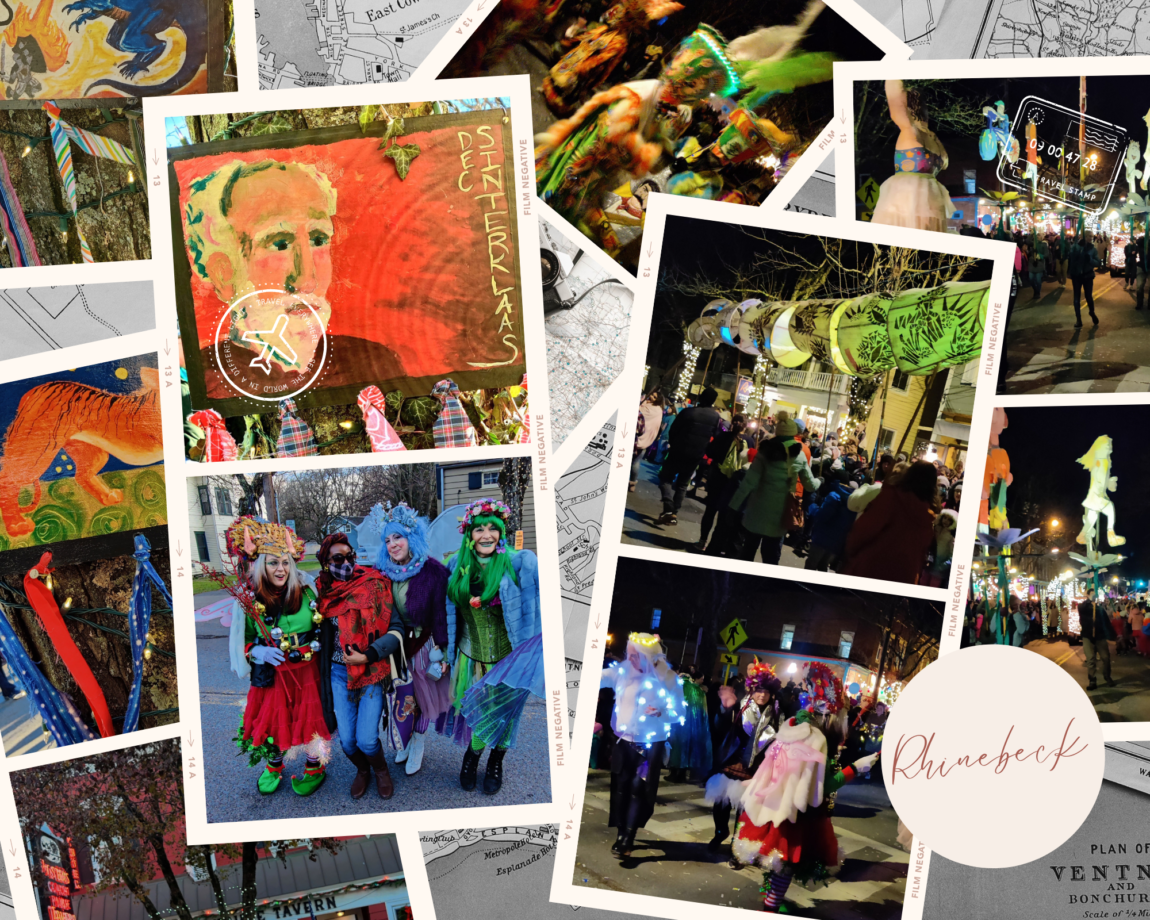
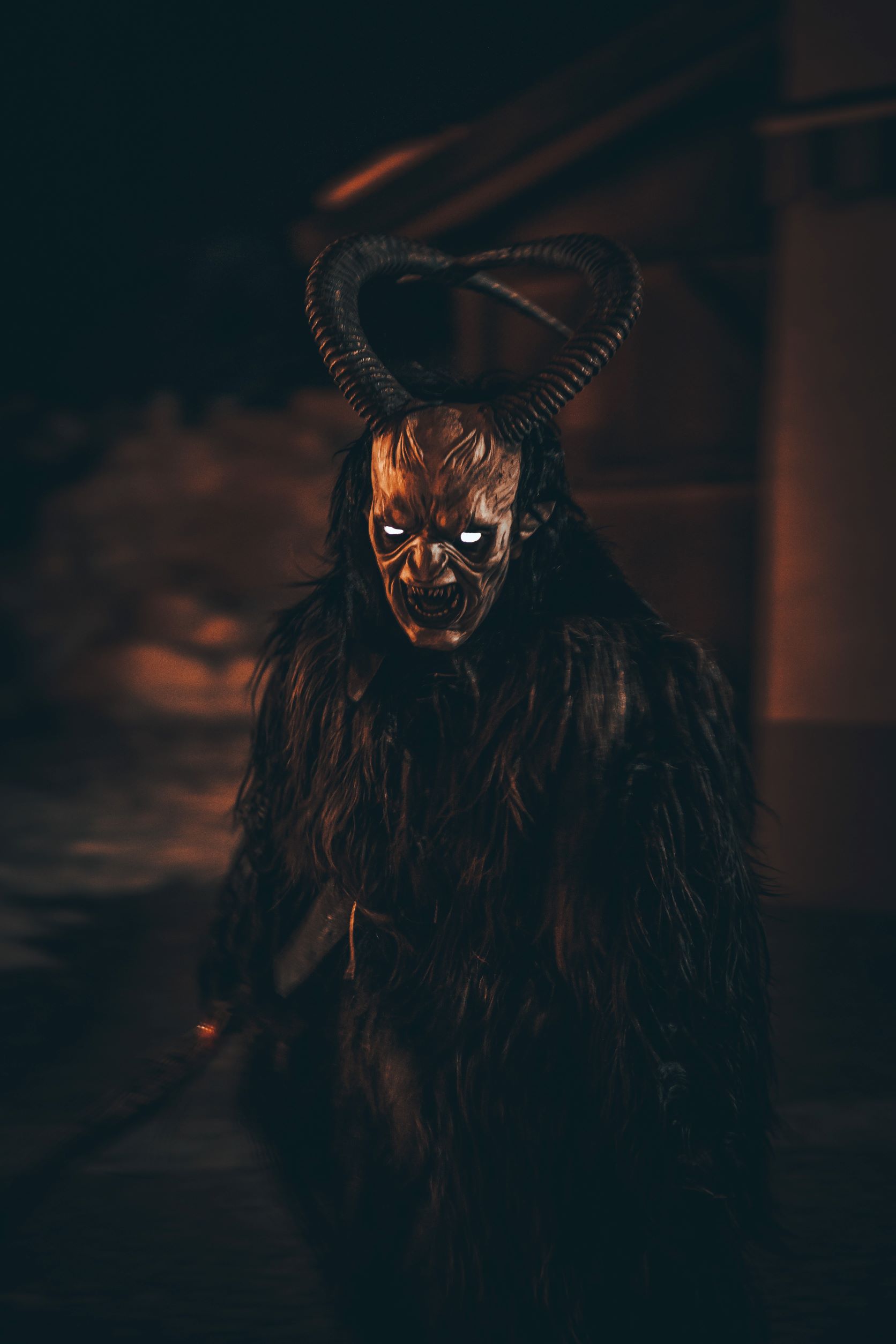
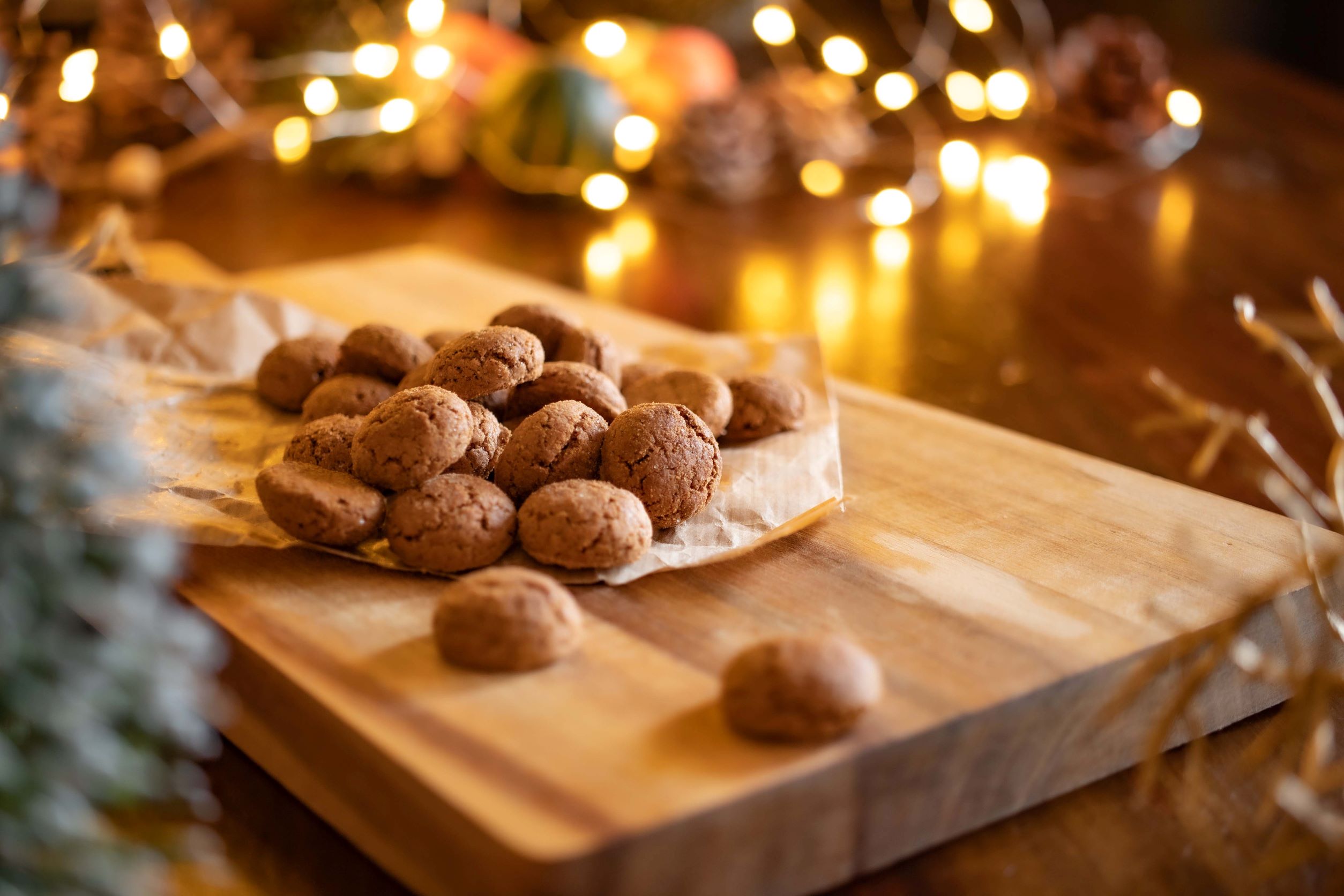
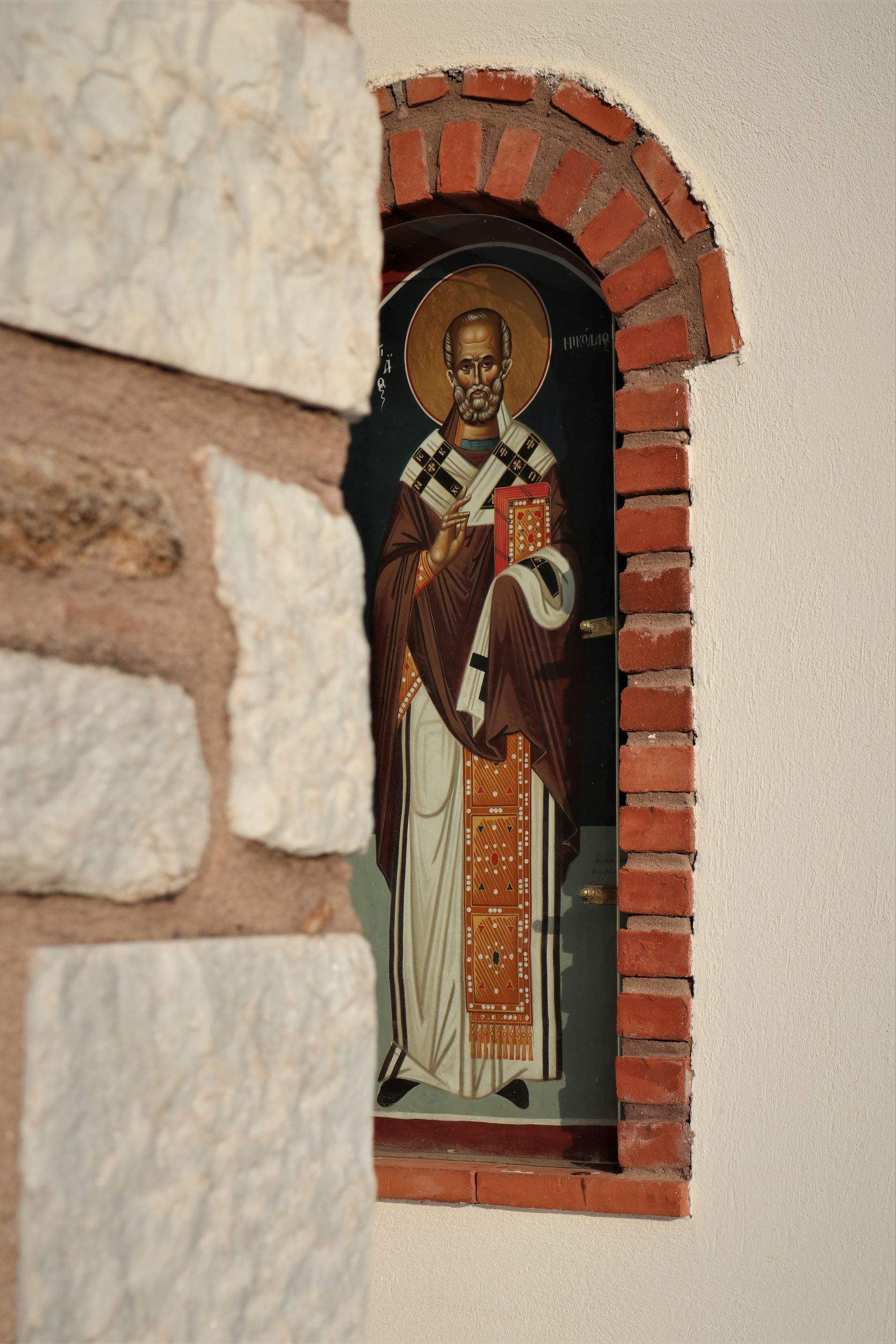
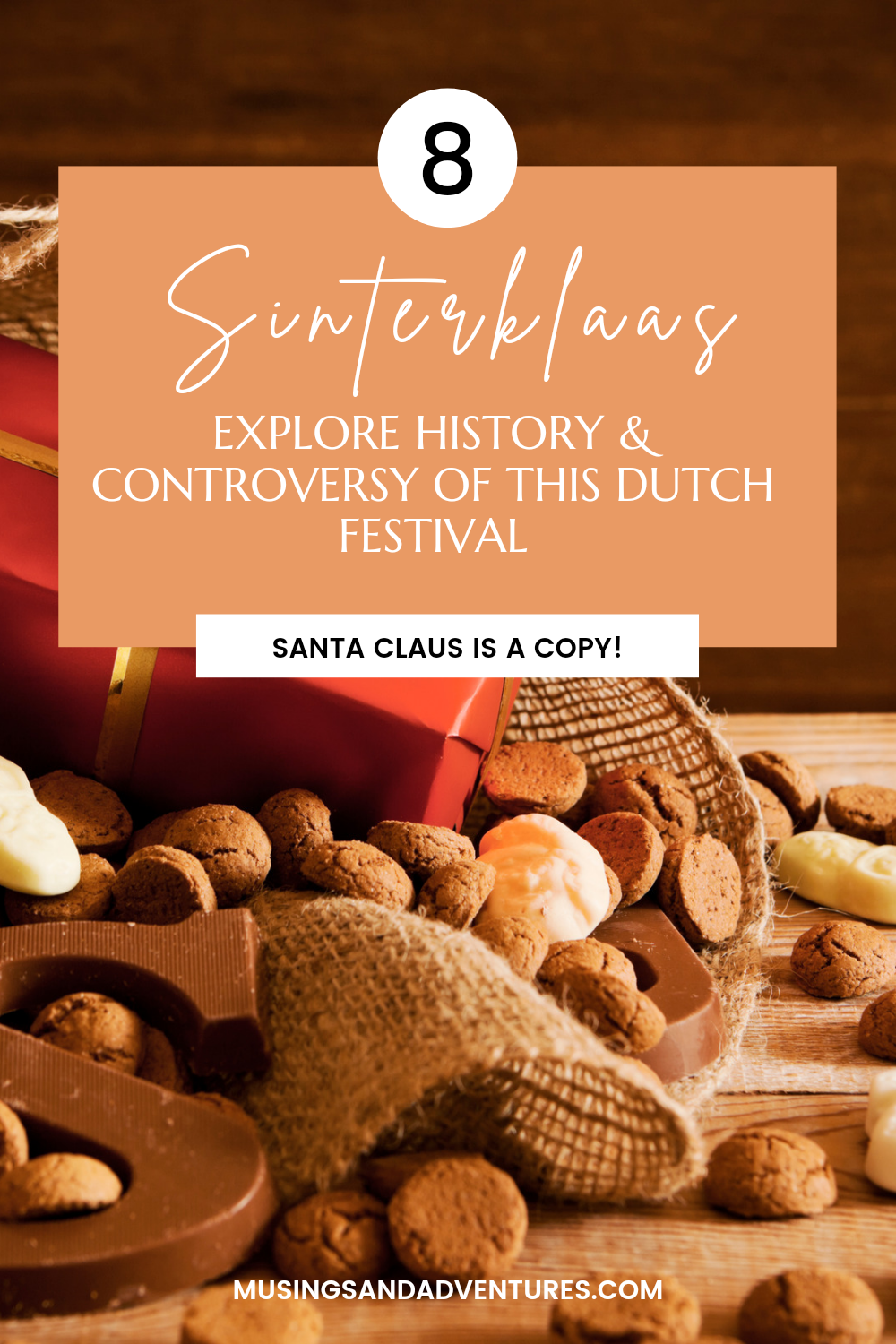
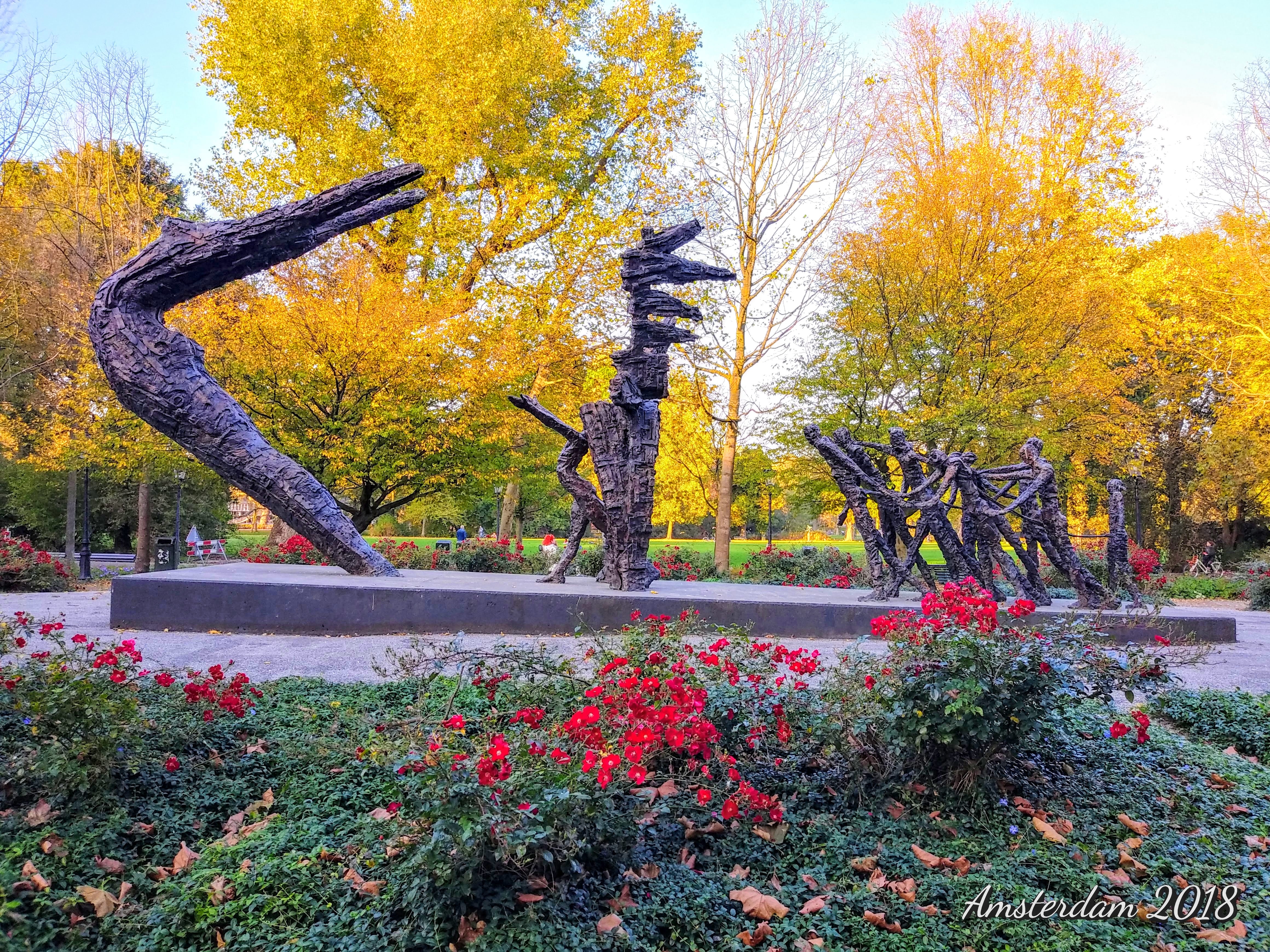

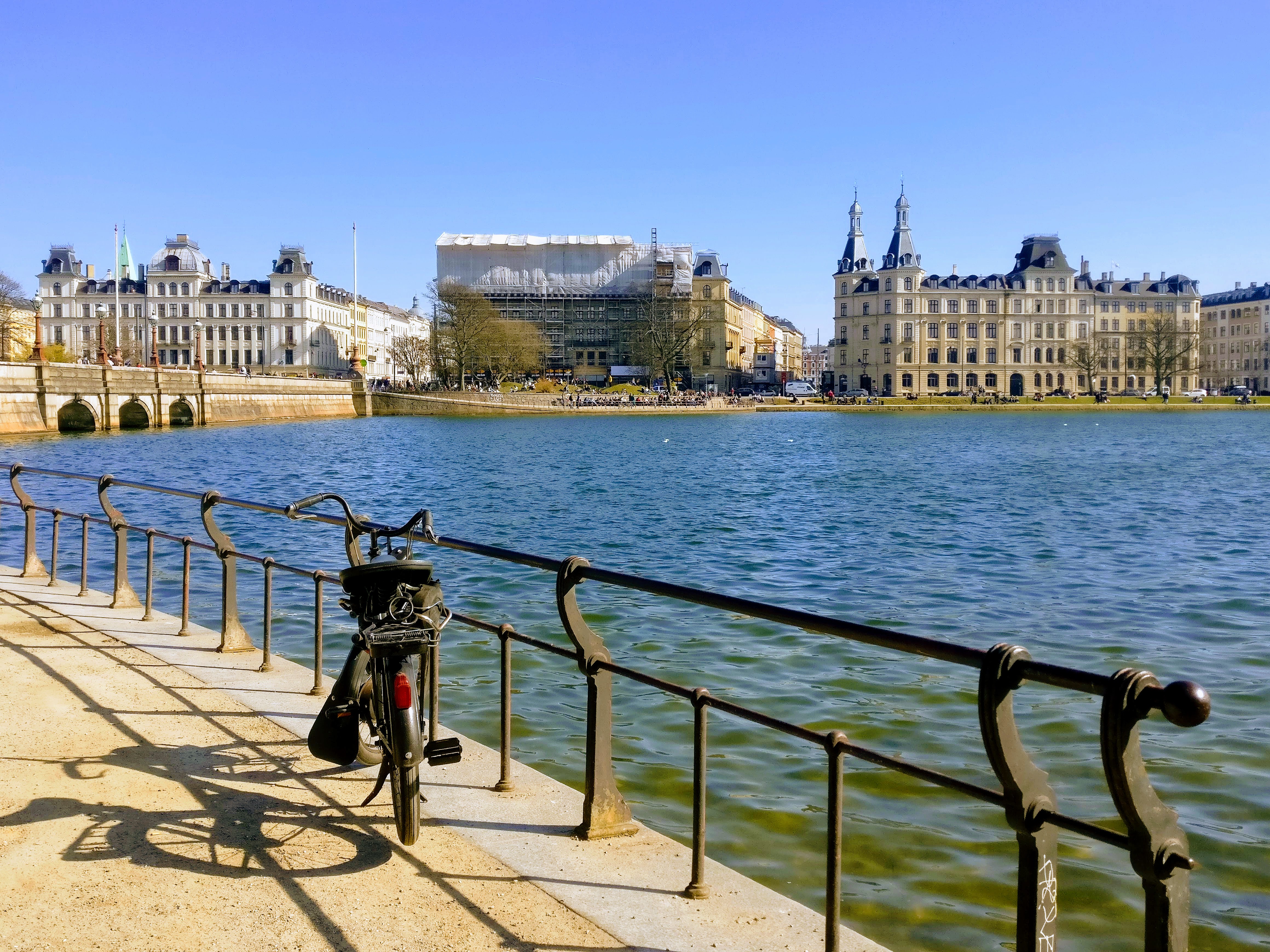

26 Comments
Natalie
December 14, 2021 at 2:32 pmWow what an interesting and informative post. I have never heard Sinterklaas before but this really fascinating.
Carina | bucketlist2life
December 14, 2021 at 3:36 pmIn Germany St Nicolas puts sweets into children’s boots on the 6th of December which I find a very tame and low key version of other Sinterklaas celebrations…
Nisha
December 14, 2021 at 6:54 pmThat was an interesting read about the history and tradition of Sinterklaas had not heard of this before. Those delicious treats for this festival sound so yum . The similarity to Santa Claus raised my curiosity as well.
admin
December 15, 2021 at 12:47 pmIt’s amazing how different cultures have similar folklores.
Steven Jepson
December 14, 2021 at 7:54 pmI knew that the Santa Claus we know in the US had evolved from other traditions over the centuries, but it was fun to read about all the exact details, while learning about these other December celebrations.
Elena at TravelByExample
December 14, 2021 at 10:48 pmGreat post! Living in the Netherlands for 3 years I learned a lot about Sinter Klaas, and my kids had enjoyed traditional chocolate letters and spiced cookies around 5th of December every year 🙂
I almost forgot about it, but reading your post I remembered that I visited Demre in Turkey where St. Nicholas actually lived and the church where he worked.
Talya Stone
December 15, 2021 at 11:55 amWow I had no idea about some of the sinister connotations and characters associated with the festivities. I am pretty spooked by the idea of Father Whipper!
admin
December 15, 2021 at 12:46 pmLol these European children’s tales are straight up horror movies!
Mitch - Very Tasty World
December 15, 2021 at 2:02 pmWe love Sinterklaas! We have Dutch relatives and have celebrated for years. Sinterklaas even managed to get us our giant chocolate letters this year. This is a lovely post with a lot of detail about a fantastic tradition – thank you.
admin
January 2, 2022 at 12:05 amThanks Mitch! I’m definitely getting chocolate letters 2022 Christmas lol
Tiffany Pence
December 15, 2021 at 7:10 pmWow! That was an incredible history lesson. Every year I learn a little something more about the Santa Claus’ story. I did not know the Dutch side of Sinterklaas and his crew. I think its funny how parents wanted to scare their children into behaving with the evil characters. Some are really gruesome though!
admin
January 2, 2022 at 12:06 amReally gruesome lol. Those poor kids hearing of Father Whipper lol
MELANIE EDJOURIAN
December 15, 2021 at 7:53 pmI’ve heard of Krampus but not the other 3 companions. We do enjoy the treats especially the chocolate coins and marzipan.
Lori Bosworth
December 15, 2021 at 11:59 pmI had never heard of Sint Nicolaas, but I have heard of his companion Krampus! Yes, they have dark origins, don’t they?!
admin
January 2, 2022 at 12:00 amLol truly dark origins!
Clarice
December 16, 2021 at 1:29 amThis is interesting. I have never heard of Sinterklaas. I could never imagine that there are some sinister characters associated with St Nick. Thank you for sharing this.
Jen Nilsson
December 16, 2021 at 1:35 amThis is so interesting! From Father Christmas to cookies, you had me enthralled at every paragraph! #TravelBlogTuesday
admin
January 2, 2022 at 12:00 amI’m glad you enjoyed it, Jen! xx
Sudipta
December 16, 2021 at 5:55 amTruly enjoyed reading your post. Got to know so many wonderful information about Sinterklaas. I had visited Bari in southern Italy a few years ago, there I had heard of the legend of St Nicholas the first time. Your post brought back some amazing memories.
admin
January 2, 2022 at 12:01 amI definitely have Bari and Demre on my list now. It’s amazing the history one learns through travel.
Yemi Edwards
December 17, 2021 at 9:37 amOoh, so exciting! This takes the meaning of “Christmas” to a new level for me. Ie. a build-up to the celebrations. It’s not just stress, stress, stress, Christmas day, broke… lolI haven’t come across it here in the UK, but I love this type of culture/history! That guy Pere Fouettard though… I’d be afraid of him for sure!
admin
January 2, 2022 at 12:03 amLol thanks Yemi. Truly a build-up to the celebrations, and no, no one should ever go broke celebrating Christmas.
Lisa
December 17, 2021 at 9:54 amThis is so fascinating Kemi. My older brother lived in Amsterdam for years so I remember seeing the Black Pete festival one year. I found it a little strange (!) but then I’m not Dutch. It’s a bit creepy for me as an adult!
admin
January 2, 2022 at 12:02 amLol I can imagine. It would be strange and creepy to see it in person, no doubt. Thanks for reading xx
Clarice
December 19, 2021 at 6:10 pmOh! My kids won’t like this. Never thought that there would be a “darker” side to this tale. This is really grim. But thank you for sharing this. It was an interesting read.
admin
January 2, 2022 at 12:04 amLol real dark side! I’ve found that many European children’s tales (of past centuries) are so dark and grim lol